
South London Memories Palace of Placentia Greenwich South London News
The Palace of Placentia was an English Royal Palace built by Humphrey, Duke of Gloucester in 1447, in Greenwich, on the banks of the River Thames, downstream from London. It was the place of the birth of Elizabeth I in 1533. The Palace was demolished in the seventeenth century .

Palace of placentia hires stock photography and images Alamy
Placentia was Henry VIII's and Queen Elizabeth's favourite palace stretching 200m along the foreshore on the great sweep of the Thames, with splendid views of their ships, and backed by the hunting forests of Blackheath, and the old Roman Road to Kent. Greenwich today There is tragically nothing left of the Placentia Palace at Greenwich.

Discover the ruins of the palace of Placentia where King Henry VIII was born
The palace was built, as Bella Court, by Humphrey Duke of Gloucester, regent to the child king Henry VI. When the king married Margaret of Anjou Humphrey fell out of favour and died in prison in 1447. Margaret took over Bella Court and renamed it the Palace of Placentia, under which name (derived from Latin for 'pleasant place to live') it was the main royal residence until the 1600s, though.
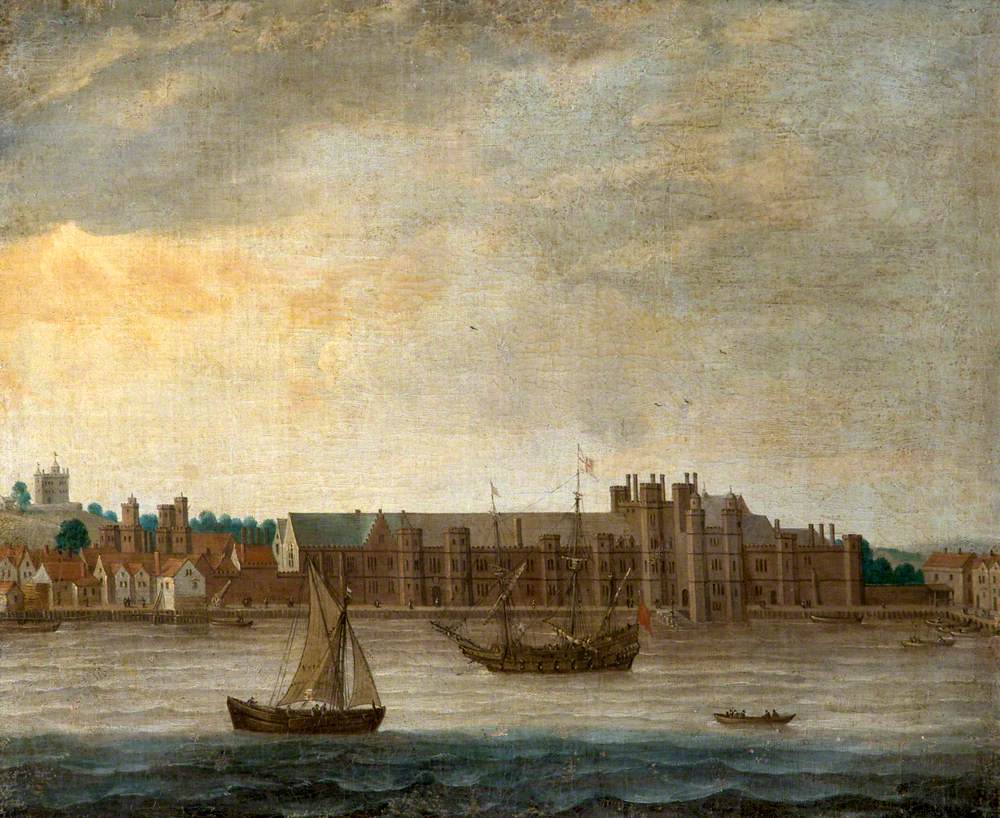
View of the Thames with the Old Palace of Placentia at Greenwich, London Art UK
Placentia became the center of Valencia Orange Growing and Packing, and its 500 citizens voted to incorporate the City in 1926. In 1960, Placentia's population had reached only 5,000; however, a phenomenal growth period was just beginning. By 1970, the population had increased five-fold to nearly 25,000. Today, Placentia is still a fast.
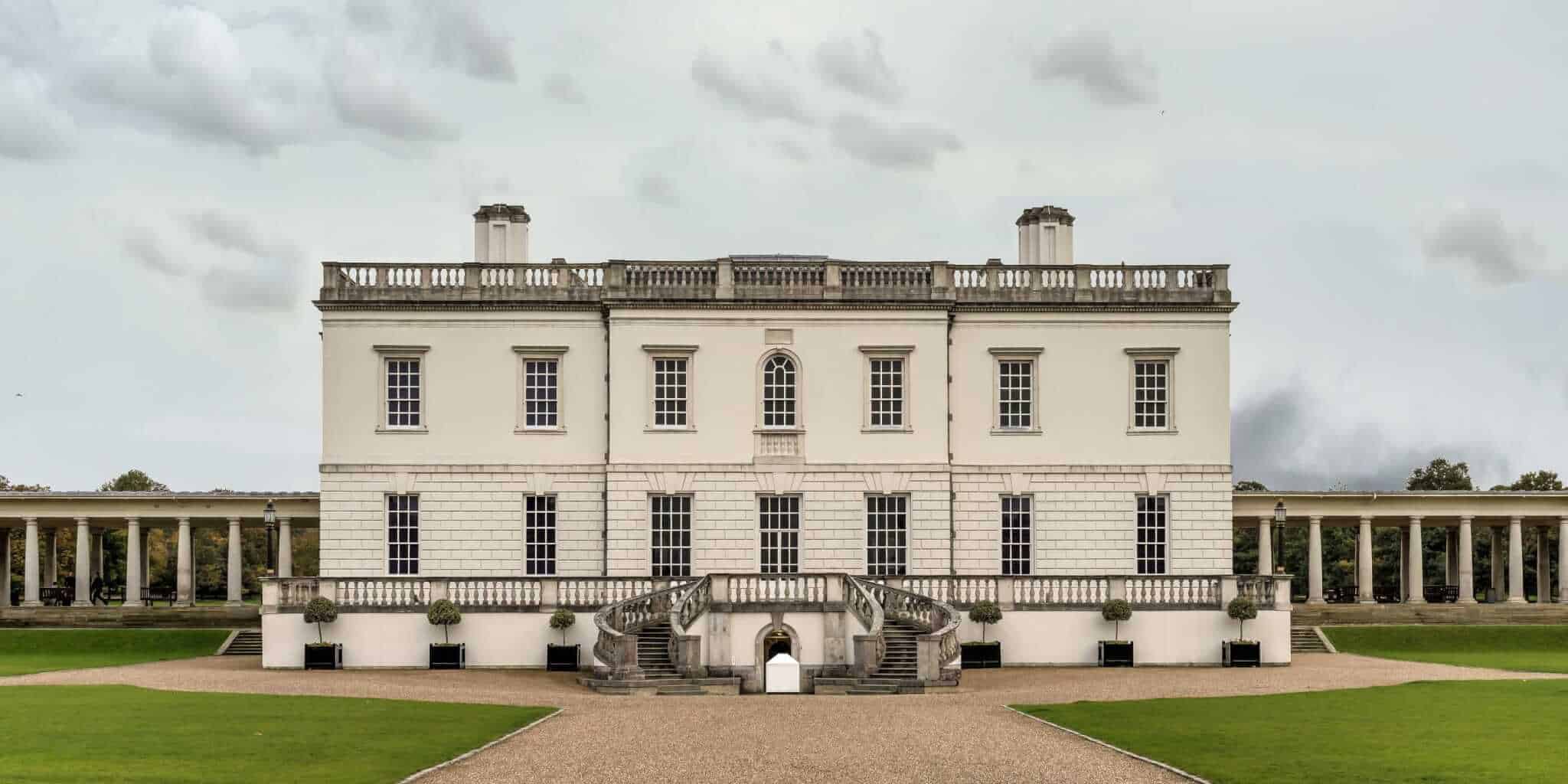
The Palace of Placentia (or Greenwich Palace) Historic UK
The Palace of Placentia is home to 'Britain's Sistine Chapel' Shutterstock The Painted Hall in the Palace of Placentia has been referred to as "Britain's Sistine Chapel." The hall was the handiwork of Sir James Thornhill, whose murals also appear at St. Paul's Cathedral.
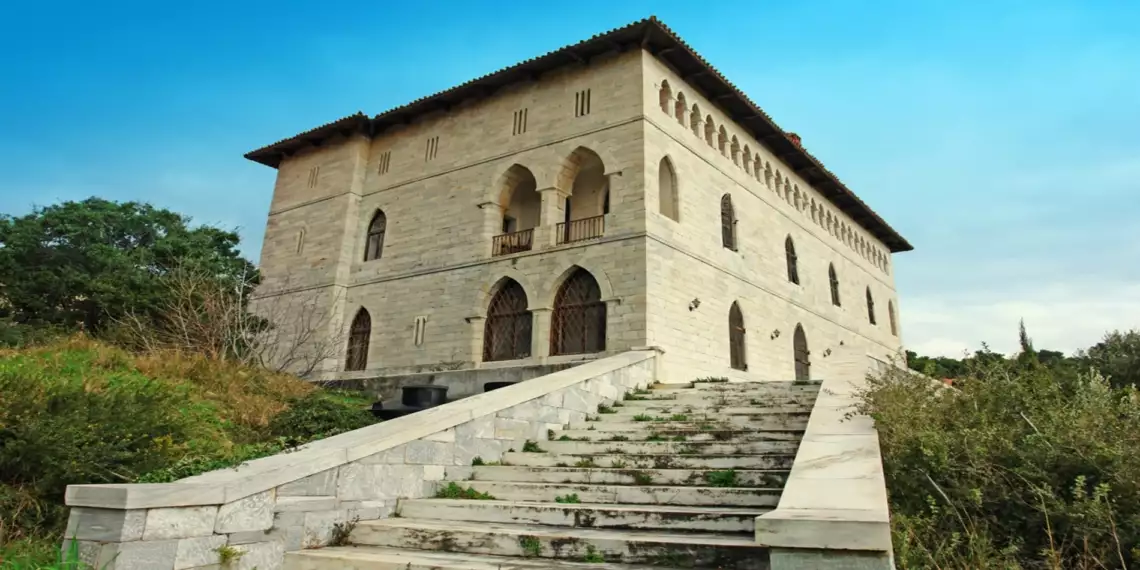
Tower of Placentia The legendary building and its history
The site of the Old Royal Naval College was once the Palace of Placentia - also known as Greenwich Palace (1498-1694). It was the birthplace of the infamous Tudor monarch King Henry VIII and his daughters Queen Mary I and Queen Elizabeth I. Find out more about the Tudors at Greenwich. What happened to Greenwich Palace?
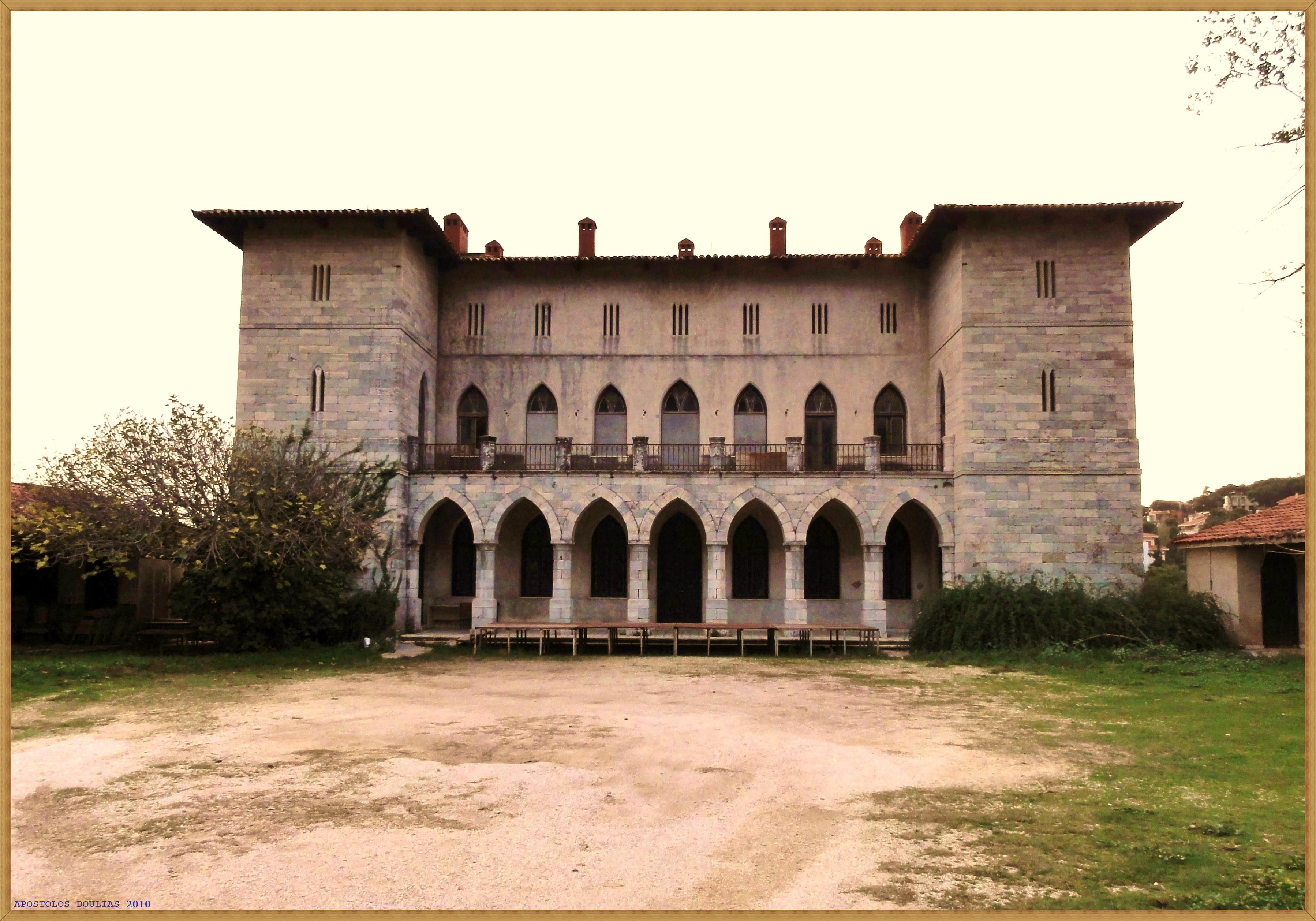
Duchess of Placentia Palace by Apostolos D. Photo from Kallithea in Athens
Long before, the Palace of Placentia—Pleasure Palace—was first a royal playground, hosting every indulgence and vice for two centuries of royals, between 1485 and 1660. Today, not one of the 600,000 bricks Henry VII (r. 1485-1509) bought in 1499 to build his Pleasure Palace still stands. The wonder of the age was knocked down in 1663 and.

Palace of the Duchess of Placentia Athens Attica
The Placentia Palace plate is by no means simple royalist propaganda, but it is a relatively traditional subject and one that speaks more to the affairs of the advantaged than to common experience. In this respect, the SAL was curating an elite history, expressing forms of interest that have continued to swirl around the site.

London View, London Love, Placentia, Highclere Castle, London Places, Green Space, British Isles
Jan 22, 2017 Tijana Radeska The Palace of Placentia What is today known as the Old Royal Naval College or the Royal Naval Museum, was the Greenwich Hospital until 1869. And until 1692 it was an English Royal Palace named The Palace of Placentia.
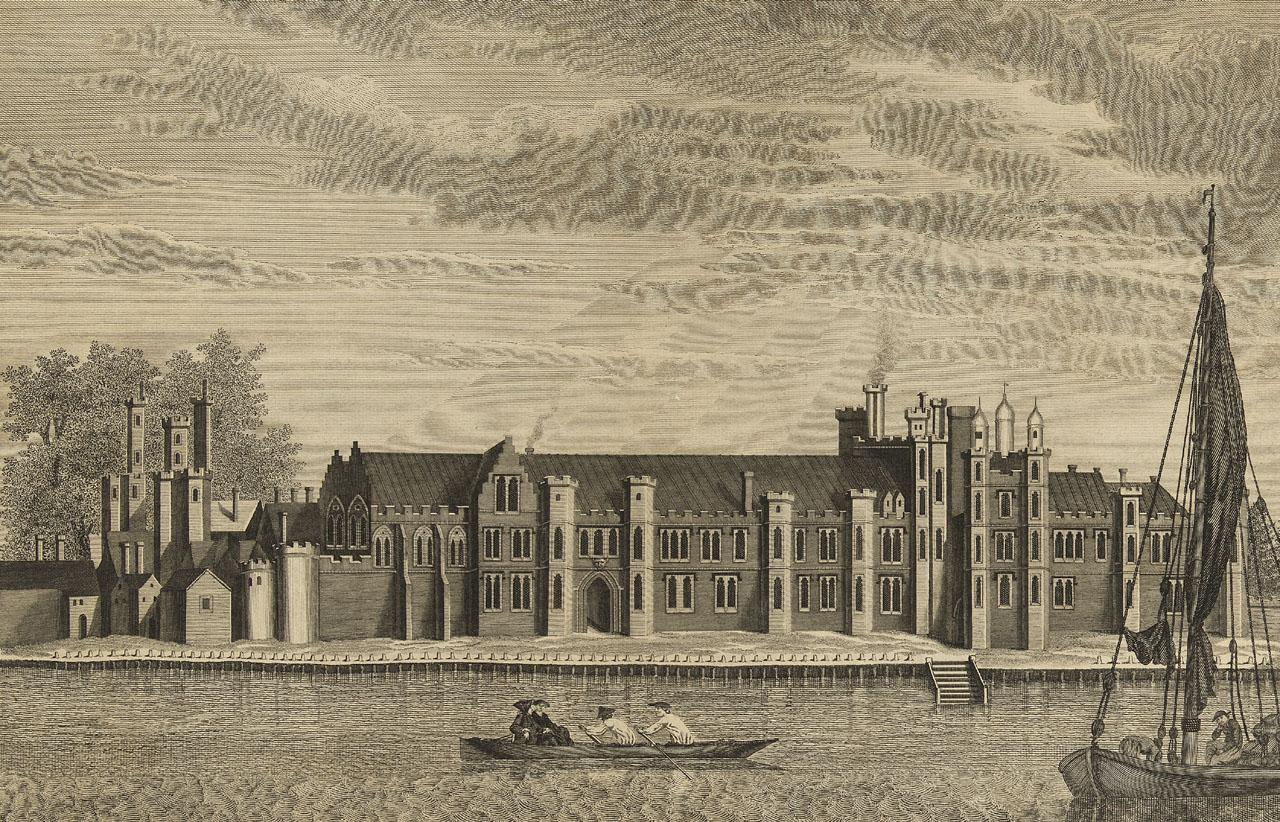
Greenwich Palace and the Tudors Royal Museums Greenwich
The Palace of Placentia, also known as Greenwich Palace, was an English royal residence that was initially built by Humphrey, Duke of Gloucester, in 1443. The palace was a place designed for pleasure, entertainment and an escape from the city. It was located at Greenwich on the south bank of the River Thames, downstream from London.
Life in London Palace of Placentia, Greenwich
Why was Greenwich Palace called the Palace of Placentia? After Humphrey Duke of Gloucester died, Margaret of Anjou, the wife of Henry VI, enlarged and improved Bella Court. She included a pier so that boats could come and go even at low tide, and named her new palace 'Placentia', or 'pleasant place'.
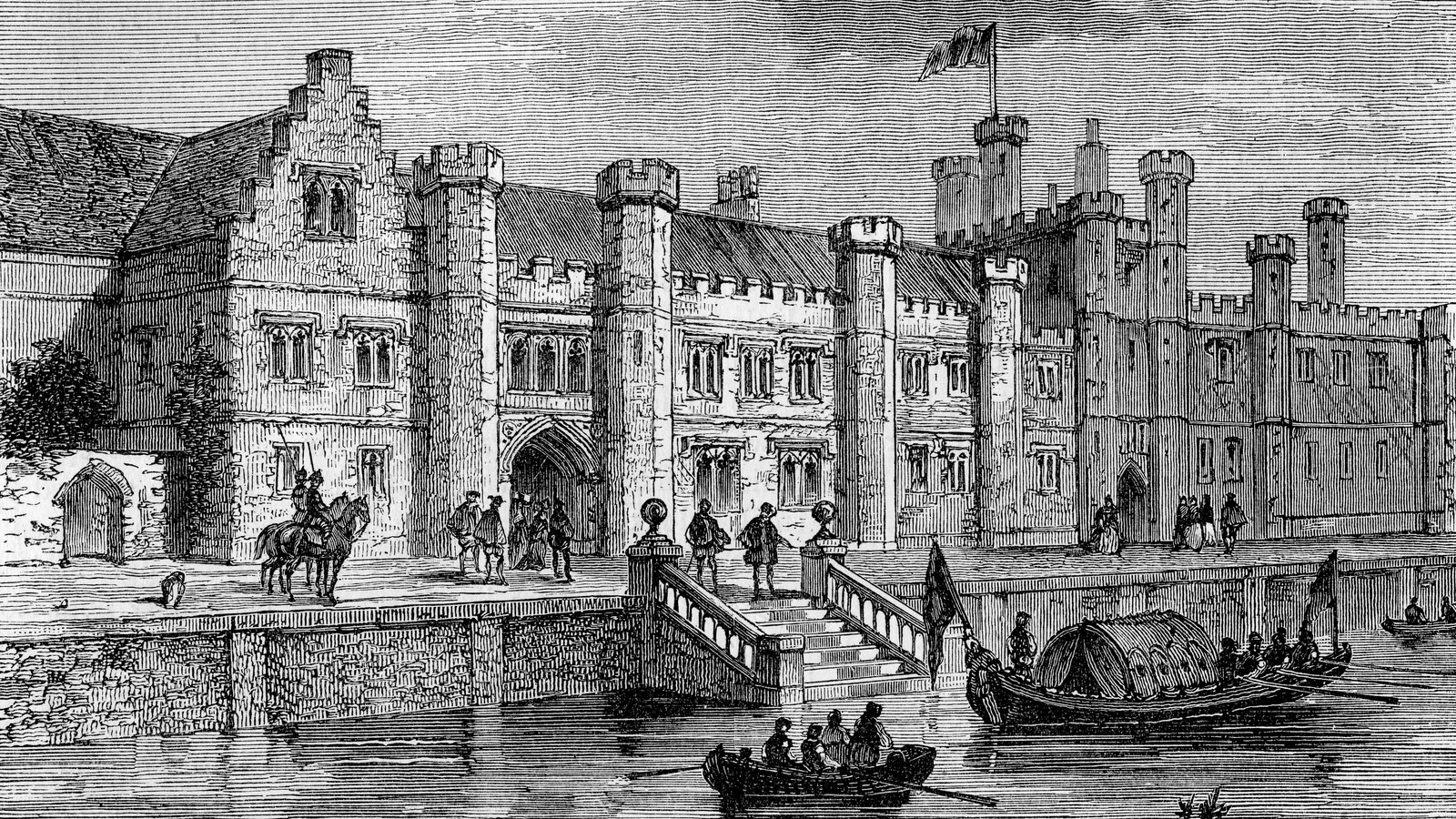
Things You Didn't Know About The Palace Of Placentia
(public domain) Nothing now remains of The Palace Of Placentia - built in 1443 by Humphrey, Duke of Gloucester - on the banks of the River Thames. Photo by Moniek Bloks It was then taken over by King Henry VI's Queen Margaret of Anjou who gave it the name Palace of Placentia. King Henry VII rebuilt the palace between 1498 and 1504.

A engraving of the royal palace of Placentia in Greenwich, London,... News Photo Getty Images
The Palace of Placentia, also known as Greenwich Palace, [1] was an English royal residence that was initially built by Humphrey, Duke of Gloucester, in 1443. [2] [3] The palace was a place designed for pleasure, entertainment and an escape from the city. [4]
Life in London Palace of Placentia, Greenwich
1 / 2 Archaeologists uncover remains under the Old Naval College of what was the Royal Chapel of Henry VII's riverside Palace of Placentia.

The Palace of Placentia, Greenwich Instagram www.instagra… Flickr
The Palace of Placentia, more commonly known as Greenwich Palace, was one of the most important palaces in Tudor England.It was built on the banks of the River Thames by Humphrey, Duke of Gloucester, in 1443. King Henry VIII was born here in 1491, and it was in this palace that Queen Elizabeth I was born in the September of 1533. In 1536, Elizabeth's mother, Anne Boleyn, was arrested at.
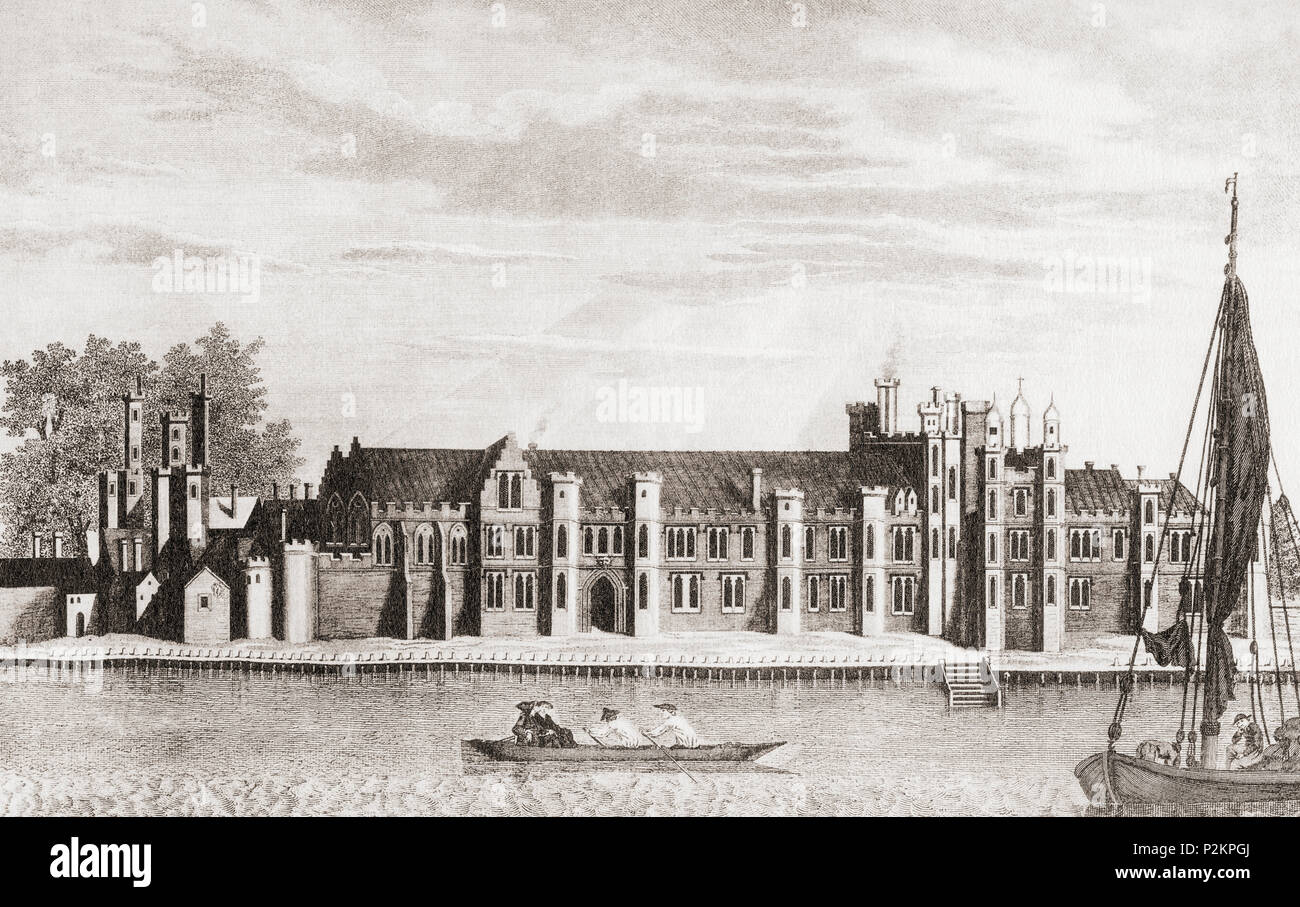
Palace of placentia hires stock photography and images Alamy
The Palace of Placentia, also known as Greenwich Palace, was an English royal residence that was initially built by Humphrey, Duke of Gloucester, in 1443. The palace was a pleasaunce; a place designed for pleasure, entertainment and an escape from the city. It was located at Greenwich on the south bank of the River Thames, downstream from London.